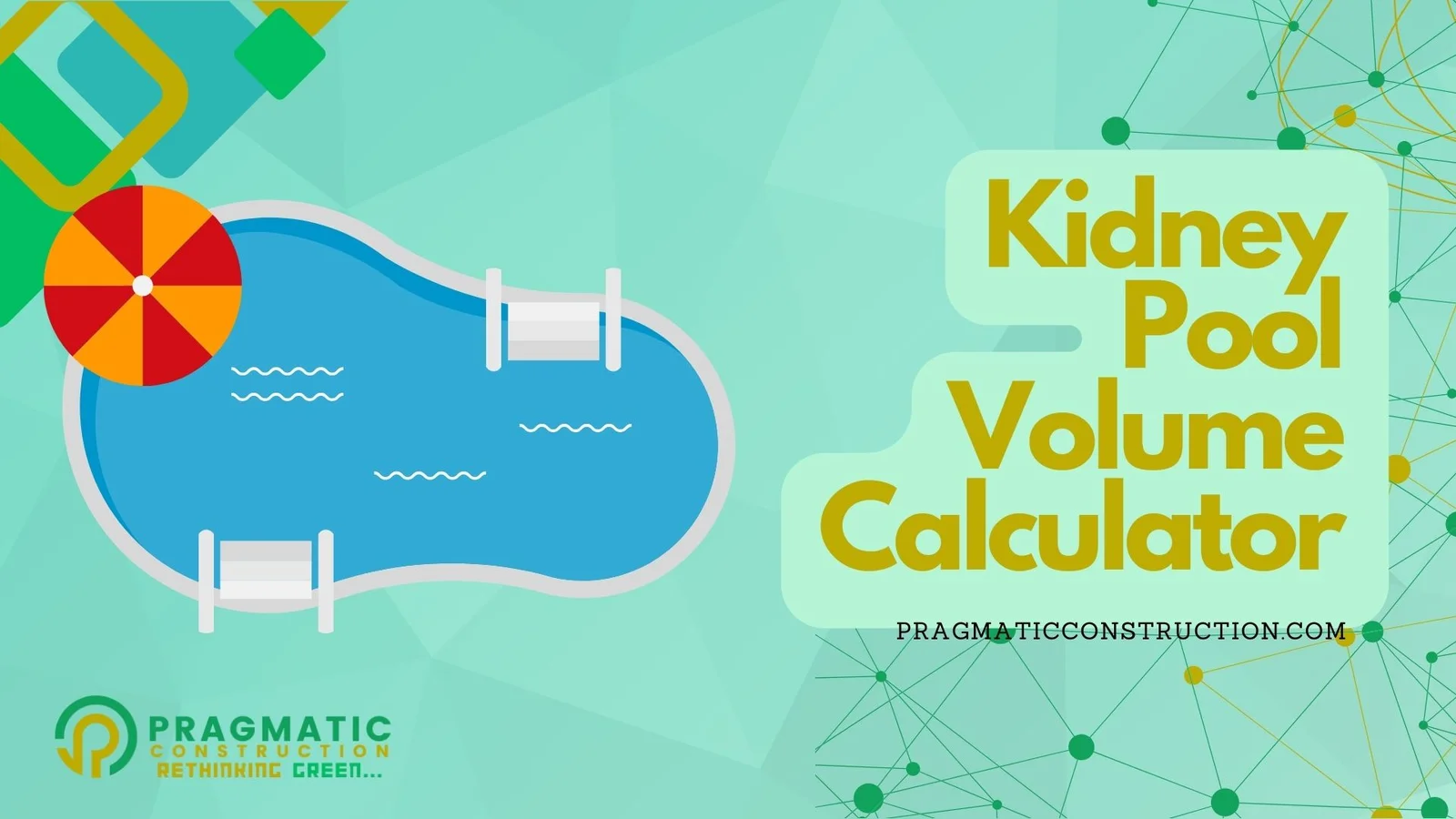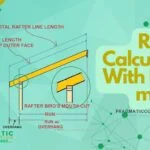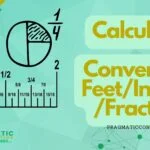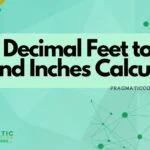Kidney-shaped pools are a popular choice for homeowners due to their aesthetically pleasing design and versatility in fitting various yard sizes and shapes.
However, accurately calculating the volume of such pools can be challenging due to their unique shape.
In this comprehensive guide, we will delve into the intricacies of determining the volume of a kidney-shaped pool, utilizing a specialized calculator designed for precise measurements.
We will explore the necessary steps, formulas, and considerations involved in the process, aiming to provide clarity and accuracy in pool volume calculation.

Understanding Kidney Shaped Pools
Before we delve into the calculations, let’s understand the anatomy of a kidney-shaped pool. Unlike traditional rectangular pools, kidney-shaped pools feature a distinct curved outline resembling the shape of a kidney. This design typically consists of two circular ends connected by a curved section, resulting in a non-uniform shape that poses challenges for volume estimation.
Components of the Calculator
Our kidney-shaped pool volume calculator is a versatile tool designed to accurately determine the pool’s volume in both US and Imperial gallons. It incorporates imperial measurements for ease of use and flexibility. The calculator takes into account the total area within the red line outline of the pool, allowing for precise volume estimation. Additionally, it offers options to include or exclude small sections such as the grey area at the bottom of the pool, which may need adjustment based on specific pool configurations.
Steps for Calculating Pool Volume
- Gather Measurements: Begin by gathering the necessary measurements of the kidney-shaped pool. These include:
- Length A: The total length of the pool.
- Diameter B and Diameter C: The diameters of the circular ends of the pool.
- Length D: The width of the pool’s curved section.
- Height: The depth of the pool.
- Average Pool Depth: The average depth of the pool.
- Calculate Surface Area: Utilize geometric formulas to calculate the surface area of the pool. This involves:
- Calculating the areas of the circular ends using the formula for the area of a circle (πr²).
- Determining the area of the space between the circular ends, which typically forms a trapezoid shape.
- Adjusting for any additional sections that may need inclusion or exclusion based on specific pool features.
- Derive Pool Volume: Once the surface area is determined, multiply it by the average pool depth to obtain the pool’s volume in cubic feet.
- Convert Volume to Gallons: Convert the volume from cubic feet to gallons using the appropriate conversion factor for either US or Imperial gallons.
Formulas Used
To aid in the calculation process, several formulas are employed to determine the surface area and volume of the kidney-shaped pool:
- Area of a Circle: A = πr²
- Area of a Trapezoid: A = (a + b) / 2 * h
- Volume of a Pool: Volume = Surface Area * Average Pool Depth
Considerations and Adjustments
It’s essential to consider additional factors that may impact the accuracy of the volume calculation:
- Small sections such as the grey area at the bottom of the pool should be accounted for and subtracted from the total surface area if necessary.
- Conversely, sections falling outside the calculated area may need inclusion based on specific pool configurations.

How many gallons is my pool Calculator?
| Length (feet) | Diameter B (feet) | Diameter C (feet) | Length D (feet) | Average Depth (feet) | Surface Area (sq ft) | Volume (cubic ft) | Volume (US Gallons) |
|---|---|---|---|---|---|---|---|
| 20 | 10.5 | 9.5 | 6.5 | 4.5 | 188.07 | 846.315 | 6330.22 |
| 22 | 11.33 | 10.33 | 7.5 | 4.5 | 204.4 | 919.8 | 6880.44 |
| 25 | 13.25 | 12.25 | 8 | 4.5 | 251.81 | 1131.645 | 8462.32 |
| 28 | 14.67 | 13.67 | 8.5 | 4.5 | 296.47 | 1334.115 | 9982.75 |
| 30 | 15.75 | 14.75 | 9 | 4.5 | 320.96 | 1444.32 | 10810.64 |
Kidney Shaped Pool
How do you calculate the volume of a kidney pool?
Calculating the volume of a kidney-shaped pool involves several steps and mathematical formulas. Although there may be variations in the approaches found online, precision is crucial due to the significant discrepancy in results that can occur. Let’s break down the process step by step, incorporating explanations and example calculations.
Step 1: Gather Measurements
Start by obtaining the necessary measurements of the kidney-shaped pool:
- Length A = 22 feet
- Diameter B = 11 feet 4 inches (converted to 11.33 feet)
- Diameter C = 10 feet 4 inches (converted to 10.33 feet)
- Length D = 7 feet 6 inches (converted to 7.5 feet)
- Height = 1 foot 7 inches (converted to 1.58 feet)
- Average pool depth = 4 feet 6 inches (converted to 4.5 feet)
Step 2: Calculate Circle Areas
Use the formula for the area of a circle (πr²) to determine the area of each circular end of the pool:
- For Diameter B: Radius = 5.56 feet
- Area = π * (5.56)² = π * 30.9136 = 97.12 square feet
- For Diameter C: Radius = 5.165 feet
- Area = π * (5.165)² = π * 26.667 = 83.92 square feet
Step 3: Combine Half Circles
Since the ends represent half circles, divide the full circle areas in half and add them together:
- Combined Area = (97.12 / 2) + (83.92 / 2) = 48.56 + 41.96 = 90.52 square feet
Step 4: Calculate Trapezoid Area
Determine the area between the two half circles, which forms a trapezoid shape:
- Total length of the pool = 22 feet
- Length between the parallel sides = 22 – 5.56 – 5.165 = 11.275 feet
- Using the trapezoid area formula: A = (a + b) / 2 * h
- Area = ((11.33 + 10.33) / 2) * 11.275 = 122.108 square feet
Step 5: Calculate Total Area
Combine the areas of the half circles and the trapezoid:
- Total Area = 90.52 + 122.108 = 212.628 square feet
Step 6: Adjust for Additional Sections
If there are additional sections within the red line area, such as the grey area at the bottom of the pool, adjust the total area accordingly. For example, if the grey section represents a segment of a circle with dimensions of 7.5 feet in length and 1.58 feet in height:
- Area of the segment = 8.2 square feet
- Subtract this from the total area: 212.628 – 8.2 = 204.4 square feet
Step 7: Calculate Pool Volume
Multiply the adjusted total area by the average pool depth to obtain the pool’s volume in cubic feet:
- Pool Volume = 204.4 * 4.5 = 918 cubic feet
Step 8: Convert to Gallons
Convert the volume from cubic feet to gallons using the appropriate conversion factor:
- 1 cubic foot = 7.48 US gallons
- 1 cubic foot = 6.23 Imperial gallons
- Therefore, the pool volume is:
- 918 * 7.48 = 6866.64 US gallons
- 918 * 6.23 = 5719 Imperial gallons
By following these steps and performing the necessary calculations, you can accurately determine the volume of a kidney-shaped pool, ensuring proper water management and maintenance.
Conclusion
Mastering the calculation of a kidney-shaped pool’s volume is essential for proper maintenance and water management. By utilizing our specialized calculator and following the steps outlined in this guide, homeowners and pool professionals can accurately determine the volume of kidney-shaped pools in both US and Imperial gallons. With precise volume measurements at hand, maintaining optimal water levels and chemical balance becomes more manageable, ensuring a refreshing and enjoyable swimming experience for all.
















